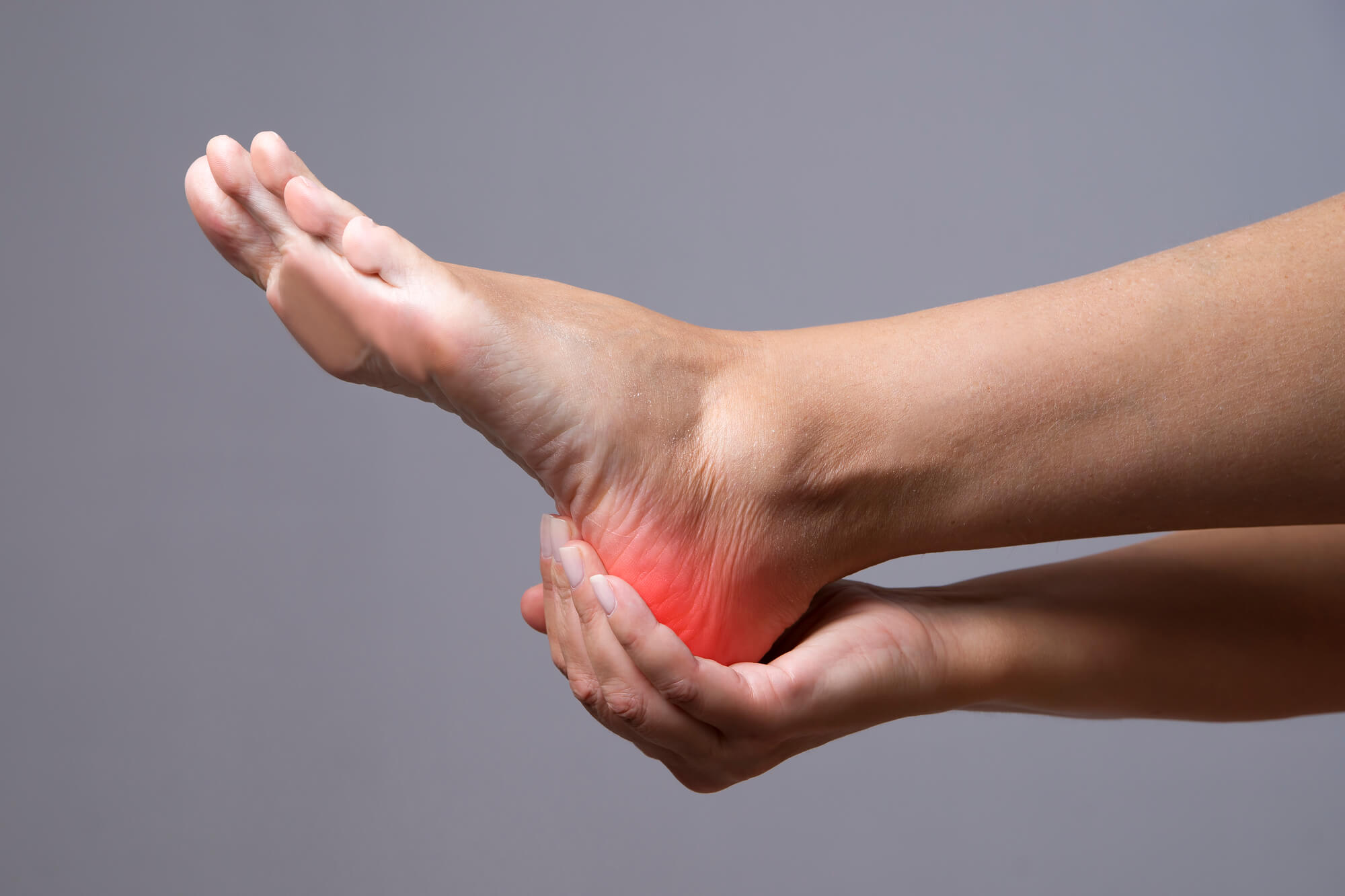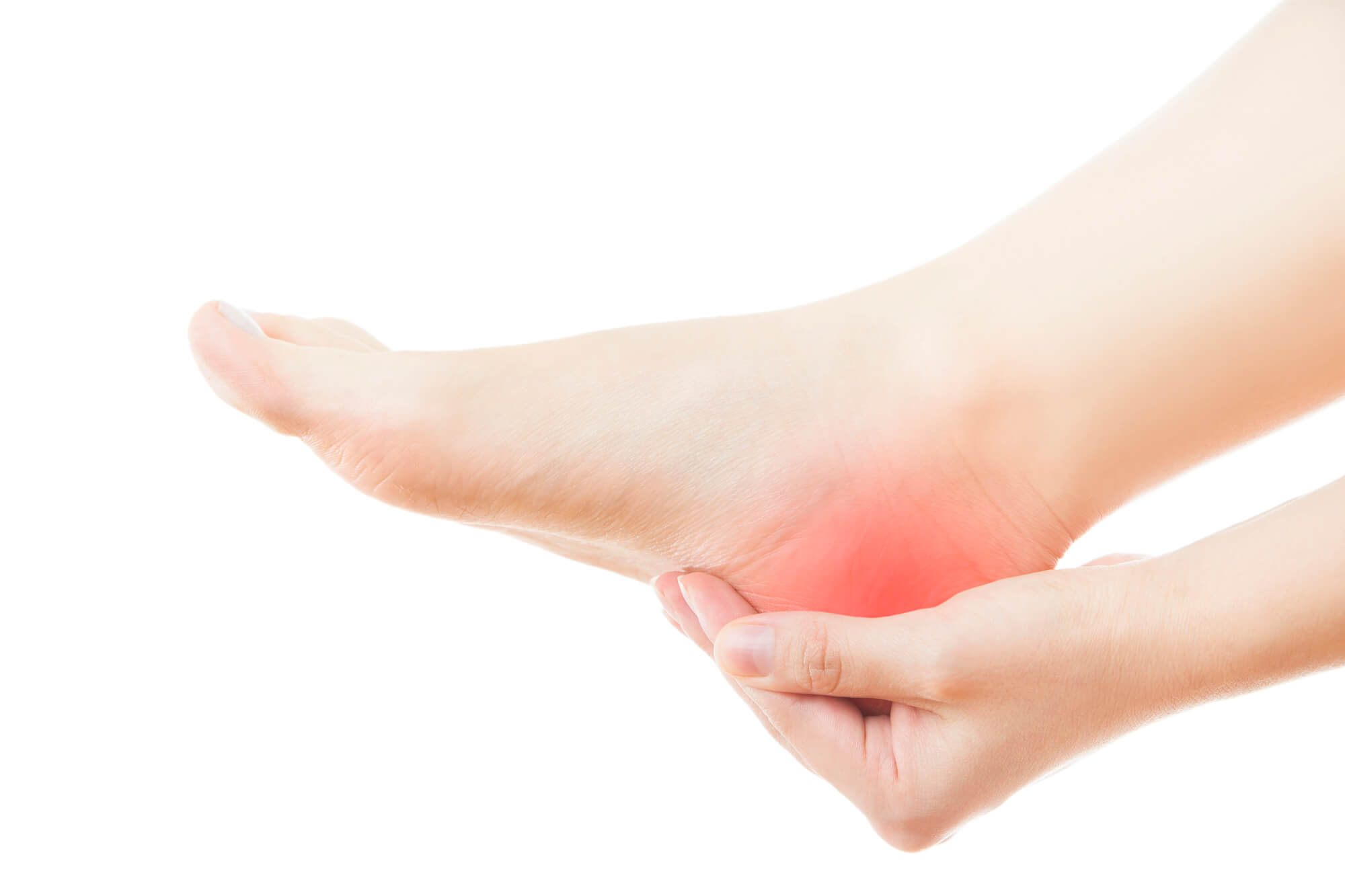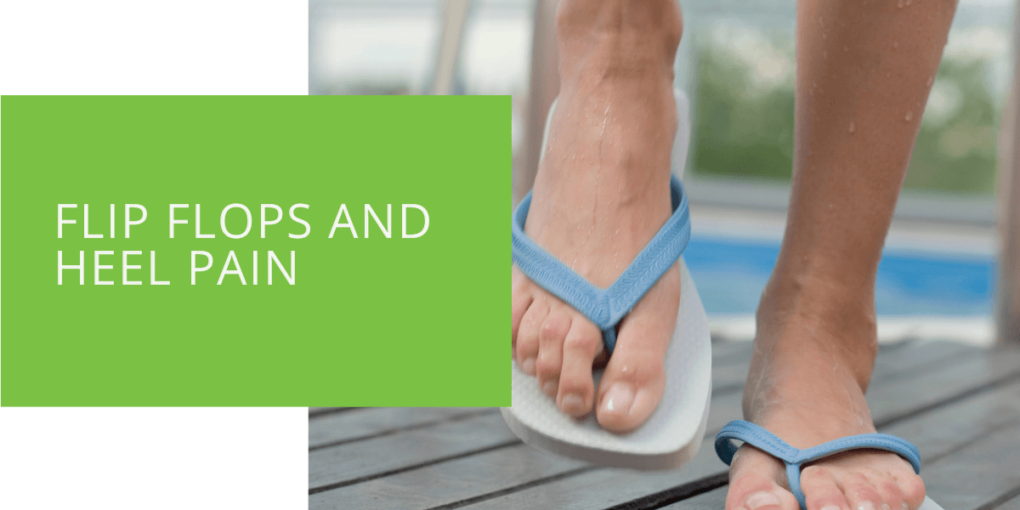Flip Flops and Heel Pain
Flip flops are a popular footwear choice during the warmer months. They are easy to slip on, comfortable, and come in various colors and styles. However, they are also common for causing heel pain and other foot problems. In this article, we'll explore why flip flops can cause heel pain and what you can do to prevent discomfort.
The Problem with Flip Flops
Flip flops are designed to be lightweight and airy, but they lack the arch support, cushioning, and shock absorption necessary to support the feet and prevent heel pain. When you wear them, your feet are essentially barefoot, which can lead to stress on the plantar fascia, the band of tissue that runs along the bottom of the foot, and the heel bone.
- Lack of Arch Support: Flip flops offer little to no arch support, which can cause the arch of the foot to collapse and stress the plantar fascia. Over time, this can cause inflammation and pain.
- Thin Soles: They have thin soles that offer little protection against the impact of walking or running. This lack of shock absorption can lead to stress fractures, heel spurs, and other foot issues.
- Lack of Shock Absorption: The lack of cushioning means that the feet absorb more shock with each step, which can cause pain in the heel and other parts of the foot.

How Flip Flops Cause Heel Pain
Wearing flip flops for extended periods can cause foot problems, including heel pain. Here's how this type of footwear can cause heel pain:
- Excessive Strain on the Plantar Fascia: Flip flops can put excessive strain on the plantar fascia, leading to inflammation and pain. When you wear them, your foot has to work harder to grip the sole of the shoe, which can cause the plantar fascia to stretch and inflame.
- Increased Risk of Plantar Fasciitis: Plantar fasciitis is a common cause of heel pain. It occurs when the plantar fascia becomes inflamed due to overuse or repetitive stress. Wearing for extended periods can increase your risk of developing plantar fasciitis.
- Risk of Achilles Tendonitis: They can also increase your risk of developing Achilles tendonitis, which occurs when the Achilles tendon becomes inflamed or irritated. Flip-flops do not provide the necessary support to prevent excessive stress on the Achilles tendon.
Other Foot Problems Caused by Flip Flops
Flip flops can also cause other foot problems, including:
- Toe Injuries: Wearing flip flops increases your risk of toe injuries, such as stubbed toes, cuts, and bruises. This is because they offer little protection for the toes.
- Blisters: Flip flops can cause blisters on the feet, especially if they are made of synthetic materials that do not breathe well.
- Corns and Calluses: They can cause corns and calluses to form on the feet, especially if the flip flops are too loose and your foot slides around in the shoe.
- Bunions: They can also exacerbate the pain of bunions, a foot condition characterized by a bony bump that forms on the joint at the base of the big toe. Flip flops that do not provide proper arch support can cause the toes to shift and the bunion to become more inflamed.

Choosing the Right Flip Flops
If you must wear flip flops, here's what you can do to choose the right ones:
- Look for Supportive Styles: Look for flip flops that have a contoured footbed, arch support, and cushioning in the sole. This will help support the feet and prevent pain and inflammation. You can also consider flip flops that have a strap across the back of the heel to help keep the shoe in place.
- Check for a Contoured Footbed: A contoured footbed is designed to fit the foot's natural shape and provide support where it's needed most. Look for a pair with a contoured footbed to help prevent foot pain and problems.
- Consider Material and Durability: Choose flip flops made of high-quality materials designed to last. Cheap flip flops are often made of synthetic materials that do not breathe well and can cause problems.
When to Wear Flip Flops
Flip flops should be reserved for certain settings and activities. Here's when it's okay to wear them:
- Pool or Beach Settings: Flip flops are ideal for pool or beach settings, where you need a shoe that is easy to slip on and off and can get wet.
- Short periods: If you must wear them, limit how long you wear them. Wear them for short periods, such as running errands or walking around the house.

Alternatives to Flip Flops
If you're looking for an alternative to flip flops, plenty of options are available. Here are some alternatives to consider:
- Supportive Sandals: Sandals with a contoured footbed and arch support can be a great alternative to flip flops. Look for sandals made of high-quality materials that offer support and cushioning.
- Athletic Shoes: Athletic shoes are designed to provide support and cushioning, making them a good choice for people who need extra foot support.
- Custom Orthotics: Custom orthotics may be the best option if you have a foot condition requiring extra support, such as plantar fasciitis or bunions. A podiatrist can help you determine the best orthotic for your needs.
Conclusion
Flip flops can cause heel pain and other foot problems, but there are steps you can take to prevent discomfort. Choose a pair that provides support and cushioning, wear them for short periods, and consider alternatives if you need extra support. If you're experiencing heel pain or other foot problems, consult a podiatrist to determine the best course of treatment.

